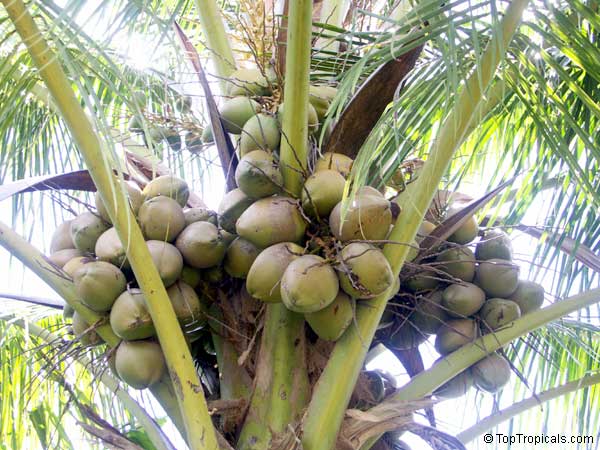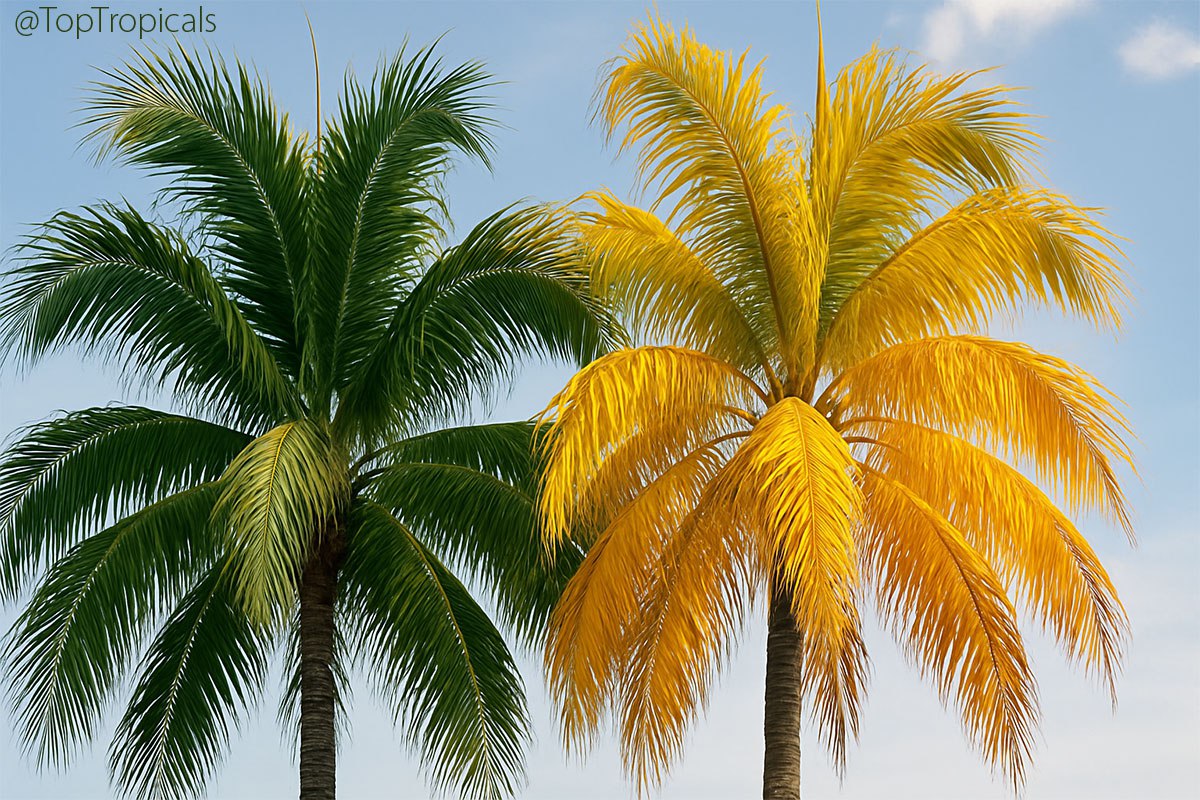How cold hardy are palm trees and how to protect them in winter
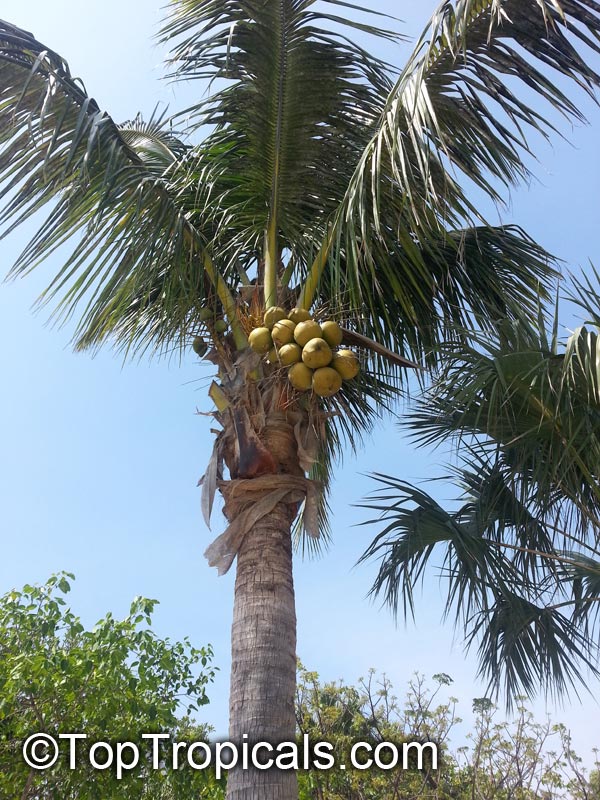
Coconut palm, Cocos nucifera

Fan palm - Licuala sp.
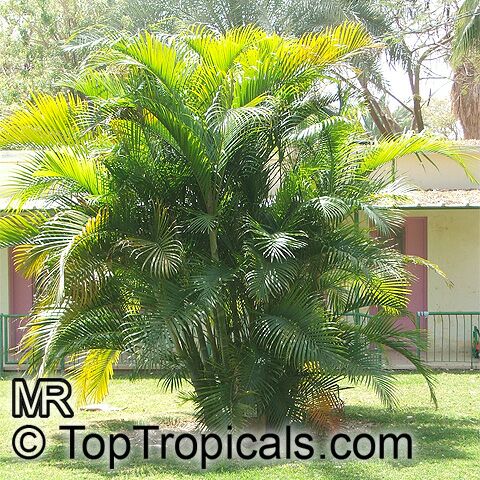
Areca palm - Areca (Dypsis) lutescens
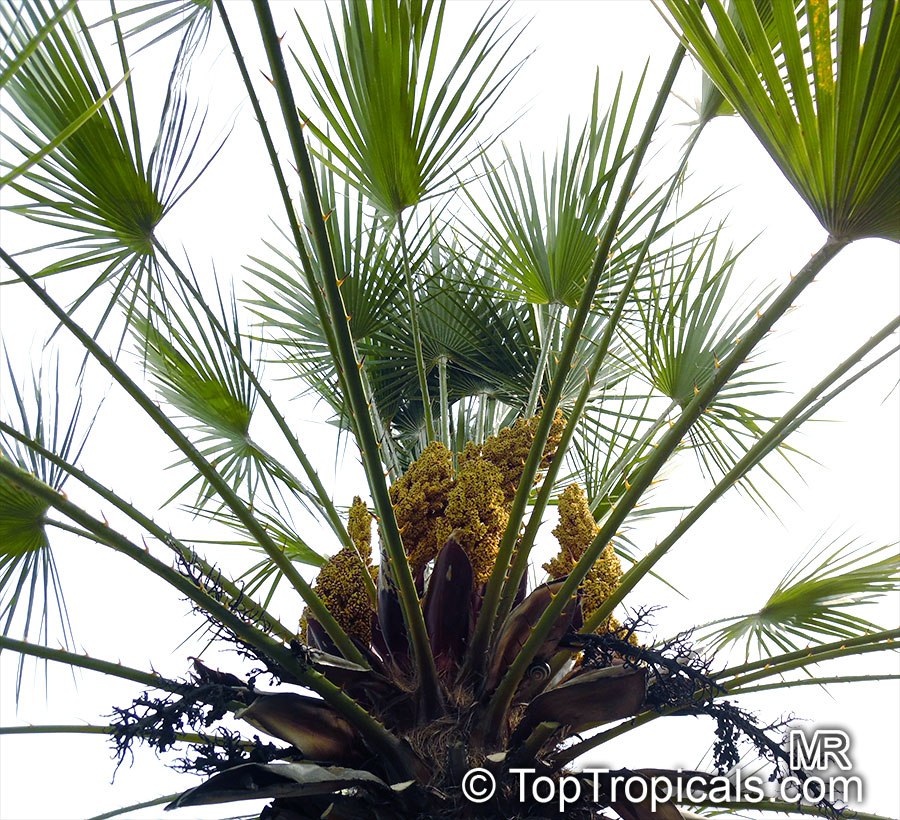
Windmill palm - Trachycarpus fortunei
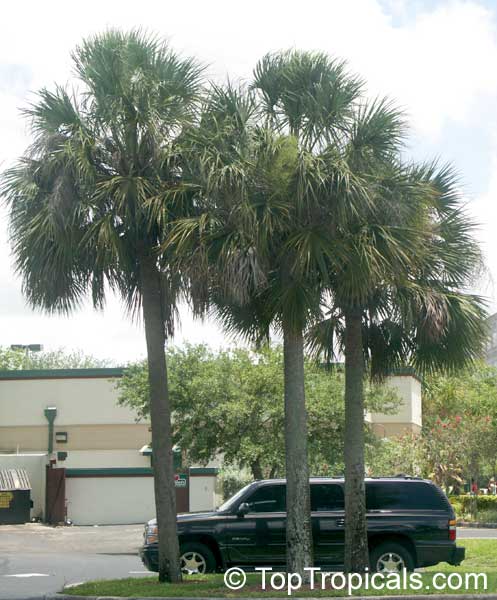
Cabbage palm - Sabal palmetto
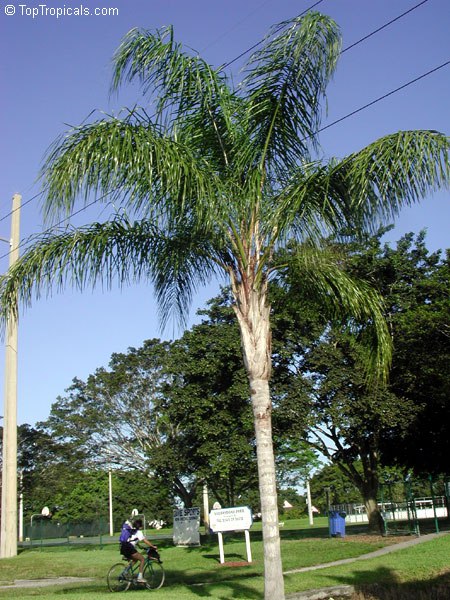
Queen Palm - Syagrus romanzoffiana

Majestic palm, Royal Palm - Ravenea rivularis

European fan palm - Chamaerops humilis

Date Palm - Phoenix canariensis
📷 In the photos:
🌞 Cold sensitive palms:
Coconut palm: Cocos nucifera
Fan palm: Licuala sp.
Areca palm: Areca (Dypsis) lutescens
❄️ Cold hardy palms:
Windmill palm: Trachycarpus fortunei
Cabbage palm: Sabal palmetto
Queen Palm: Syagrus romanzoffiana
Majestic palm: Ravenea rivularis
European fan palm: Chamaerops humilis
Date Palm: Phoenix canariensis
🛒 Shop Palm Trees
#Trees #How_to
🔴 Join 👉 TopTropicals
Why is my palm tree turning yellow?
Yellowing leaves are a common concern with palms and can be a sign of several issues, most commonly: nutrient deficiency and pests or disease. Additionally, leaf yellowing may be a sign off overwatering or poor drainage, underwatering, or cold damage.
- ✔️Nutrient deficiency
- ✔️Signs of nutrient deficiencies:
Nutrient deficiency is the most frequent cause of palm issues. Palms are heavy feeders, and even a slight imbalance can lead to yellowing. Lack of nitrogen, magnesium, iron, or potassium is the leading cause.
▫️Magnesium and Iron deficiency is one of the top culprits, especially in sandy soils. It causes older fronds to turn yellow with green veins.
- ▫️Potassium deficiency causes yellow or orange spots on older fronds.
- ▫️Nitrogen deficiency leads to overall pale yellowing, especially in new growth.
- ✔️How to fix?
- ✔️Pests and Diseases
- ✔️Signs of pests:
Use a slow-release fertilizer with high Nitrogen content, like Green Magic, that includes all these elements; with 16-6-11 grade and 6 months release, it turns plants green very quickly! You can also use a balanced liquid fertilizer like Sunshine Robusta. Additionally, a supplement of magnesium sulfate (Epsom salt) and micro-element supplement containing chelated Iron can help, like Sunshine Superfood (amino-acid based natural product).
Pests and fungal diseases can lead to yellowing. Check for signs of scale, mites, or fungal and bacterial problems, especially if yellowing is uneven or spotted.
▫️Thrips cause silvery-yellow streaks or mottling
- ▫️Spider mites, especially in dry conditions, cause yellow speckling
- ▫️Scale insects can suck sap and weaken fronds
- ▫️Mealybugs often found in leaf bases and crowns
- ✔️How to fix?
- ✔️Lethal yellowing
- ✔️How to fix?
- ✔️Other causes
Inspect your palm regularly and treat pests early with neem oil, insecticidal soap, or horticultural oil.
Lethal yellowing is a serious disease caused by a phytoplasma, a type of bacteria-like organism. It affecting mostly Coconut palms and some other species like Phoenix (Date) palms. It causes premature fruit drop, yellowing of fronds starting from the lower ones, and eventual death of the tree.
Unfortunately, there's no cure, but early removal of infected trees can slow the spread. Disease-resistant coconut varieties are available.
▫️Overwatering or Poor Drainage: Too much water can suffocate roots and lead to yellowing. Make sure the soil drains well and let it dry slightly between waterings.
- ▫️Underwatering: Dry soil for too long will stress the palm. Water deeply but infrequently.
- ▫️Cold Damage: Exposure to cold temperatures can turn fronds yellow or brown, especially in tropical varieties.
✔️In most cases, leaf yellowing isn't fatal, but it's a sign your palm needs attention. Focus on balanced feeding, proper watering, and pest checks to keep your palm healthy and green. Trim only fully dead fronds - yellow ones still provide nutrients to the palm. With proper care, your palm should green up again.
🛒 Shop garden supplies
#How_to #Fertilizers
🟢 Join 👉 TopTropicals
Date:
Growing by the sea

Q: Please recommend me some interesting plants that can grow on my waterfront property and can withstand some salt wind. All my neighbors have Sea Grape trees and bougainvilleas, and I want something different and special. I would love to have some colorful or fragrant flowers, or fruit around my paradise home.
Q: Considering your neighbors successfully grow Sea Grape (Coccoloba), and Bougainvilleas, you have a mild, frost free climate. There is a number of spectacular and useful tropical plants that are salt tolerant. Orchid Trees - Bauhinias, Poincettia - Delonix, and Geiger trees - Cordias, are very showy flowering trees. For large size bushes, try Dwarf Poincianas - Caesalpinias, and Scarlet-Coral Erythrinas. Frangipani - Plumeria, come in different colors and bring you perfume fragrance from Hawaii. And of course, Desert Roses - Adeniums, can be grown and showy specimens anywhere in your yard, both in the ground or as potted bonsai.
Most palms, especially popular Coconut Palm, source of tasty fruit and drink, are highly tolerant to salt breeze. If you are looking for something that nobody has, Lipstick palm, or Sealing wax palm - Cyrtostachys lakka, is definitely the most spectacular palm you can find. It is a stunning feather palm that develops a brilliantly red trunk. Palm is originally from Malaysia, but has been introduced to Costa Rica and other tropical areas of the world. Sealing Wax Palm seeds are very slow to germinate, up to a year, and large specimens are very rare and hard to find even in rare tropical plant nurseries. This palm will require a good overhead light, and constant warmth (above temperature 55F). It is definitely worth an effort to grow this beauty.
You may add more tropical accents to your landscape by the sea with many varieties of showy heliconias.
Betel leaf bites: quick-n-fun exotic recipes
- 🟢Spread coconut, peanuts, lime bits, and palm sugar on a Piper betle leaf.
- 🟢Fold and chew for a refreshing, spicy-sweet treat.
Betel Leaf Bites (Quick and Fun Exotic Snack)
Ingredients
- 6 fresh betel leaves (Piper betle)
- 2 tbsp shredded coconut
- 2 tbsp roasted peanuts
- 2 tbsp palm sugar sauce or thick palm syrup
- 1 tbsp finely diced lime (with rind)
- 1 tbsp finely minced ginger (optional)
- 1 small chili, sliced (optional)
Instructions
- Rinse the betel leaves and pat dry. Keep whole leaves for folding.
- Place each leaf shiny side down. Add a pinch of shredded coconut, roasted peanuts, diced lime, and a small dollop of palm sugar sauce.
- Add ginger or chili if you want extra heat.
- Fold the leaf into a small triangular packet.
- Serve freshly folded and enjoy the refreshing sweet-spicy-lime flavor.
🛒 Plant your own Betel Leaf
📚 Learn more:
- ▫️Piper betle in Plant Encyclopedia
- ▫️How to grow your own Pepper plants. Five most valuable Pipers
- ▫️Plant Smarter: Grow Your Own Brain Boosters
- ▫️10-minute recipe Bo La Lot with a leaf you’ve never cooked before
#Food_Forest #Recipes
🟢 Join 👉 TopTropicals






